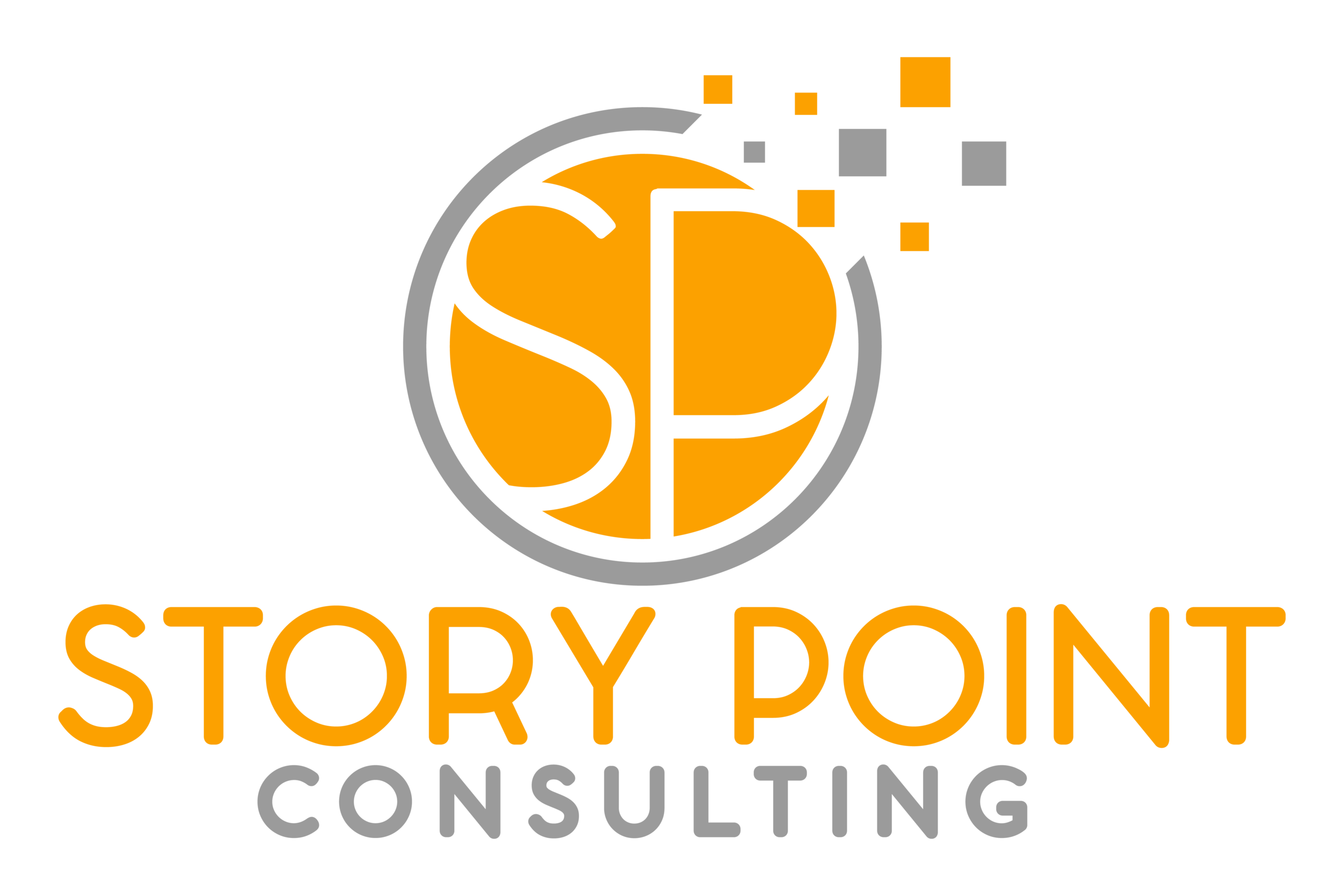Mastering Annual Giving: 5 Essential Steps for Charities and Nonprofits
What is an annual giving campaign?
An annual giving campaign is a yearly fundraising effort by nonprofits or charities where they ask for donations from community members to support their mission. The goal of the annual campaign is to secure enough support to sustain the organization's programs, operations, and initiatives.
To run a successful annual giving campaign, it is important to have a plan in place. Organizations need to set clear goals, identify target audiences, and craft compelling messages that resonate with potential donors to help increase the campaign's effectiveness. And in this article, we will discuss five essential steps to help organizations have a successful annual fundraising campaign.
Step 1: Create a Campaign Calendar
One of the first steps in planning an annual fundraising campaign is to create a calendar. This strategy helps avoid scheduling conflicts and prevents burning out staff or an organization with a team of one. Additionally, you might want to leverage key fundraising awareness days, such as Giving Friday, which many organizations use at the end of each year, as a great way to bring more awareness to their cause. Furthermore, a calendar allows your organization to optimize its resources, ensuring that you have adequate staff and volunteers to successfully execute the campaign. For example, your calendar can outline the start and end dates of the campaign, when you will communicate with current and prospective supporters, and key dates for asking for support.
Step 2: Leverage Donor Management Software
Using donor management software, also known as a donor database, is important for the success of your annual fundraising campaign. This tool not only helps you track donations and monitor fundraising progress but also makes it easy to share valuable insights with staff and board members, encouraging their participation in fundraising efforts. More importantly, it helps in cultivating relationships with your supporters of all sizes by maintaining detailed notes on interactions with your organization.
For example, if your organization has an annual appeal, by using donor management software, you can track who gave a donation to your previous year-end appeal, who made significant contributions, or who interacted with your organization most frequently throughout the year. By analyzing this data, you can personalize your communications with these key donors and even use this analysis to tailor your ask. Additionally, you can use the software to create donor segments and send targeted appeals to different groups based on their giving history and interests, ultimately enhancing the effectiveness of your fundraising efforts.
Step 3: Use Multiple Channels for the Campaign
Utilizing multiple fundraising channels is important for reaching a broader audience as different segments of your target audience may prefer different channels. You can consider using different fundraising methods such as direct mail, email, social media, and events to reach out to current donors and to find prospective donors willing to support your cause. Each channel has its unique strengths, and combining them can create a more effective campaign. For example, you can use direct mail to reach older donors, use an email newsletter for updates, social media to engage a younger audience, and events to create memorable in-person experiences. Furthermore, it is important to combine your online and offline efforts to ensure a cohesive campaign. And, by using your case for support as the foundation for your communication, you can create a consistent message across all platforms.
Step 4: Consider Hiring a Fundraising Consultant
In certain situations, hiring a fundraising consultant can provide valuable expertise and insights for your annual campaign, especially if you have never run a campaign before or if you need additional support. A consultant can add value where there is a lack of in-house expertise or specialized skills required for a successful campaign. To choose the right consultant, it is important to ensure that their approach aligns with your nonprofit’s values. Furthermore, make sure your expectations are realistic, and that you understand the consultant’s fee structure to confirm that it fits within your budget. Professional guidance can benefit your team by increasing your staff capacity and knowledge of best practices which can ultimately help your organization achieve its fundraising goals with greater efficiency and impact.
Step 5: Thanking Donors for Their Support
Expressing gratitude is key to building lasting donor relationships. Once donors have given their support, it is important to provide timely and personalized thank you messages. Often, donors choose not to support an organization again because they did not receive any acknowledgment of their generosity, which can discourage them from giving again. A thank you is a great starting point for a relationship, and your organization can use it to keep donors engaged throughout the year through newsletters, impact reports, and special events. Most importantly, cultivating lasting relationships with donors through consistent and meaningful interactions is a great way to build long-term relationships with them and ensure continued support into the future.
Annual campaigns can bring the necessary support to sustain your organization's operations. By creating a campaign calendar, utilizing a donor database, employing multiple channels, hiring a consultant (when necessary), and thanking donors for their support, your organization can effectively plan its annual giving campaign. And by learning from each campaign and being willing to adjust your strategies your organization can continue to grow and thrive.
Planning your annual campaign starts with a clear timeline. Subscribe to our weekly newsletter to get our free Fundraising Plan Template, a practical tool to help small teams outline key milestones, donor communications, and campaign plans.




